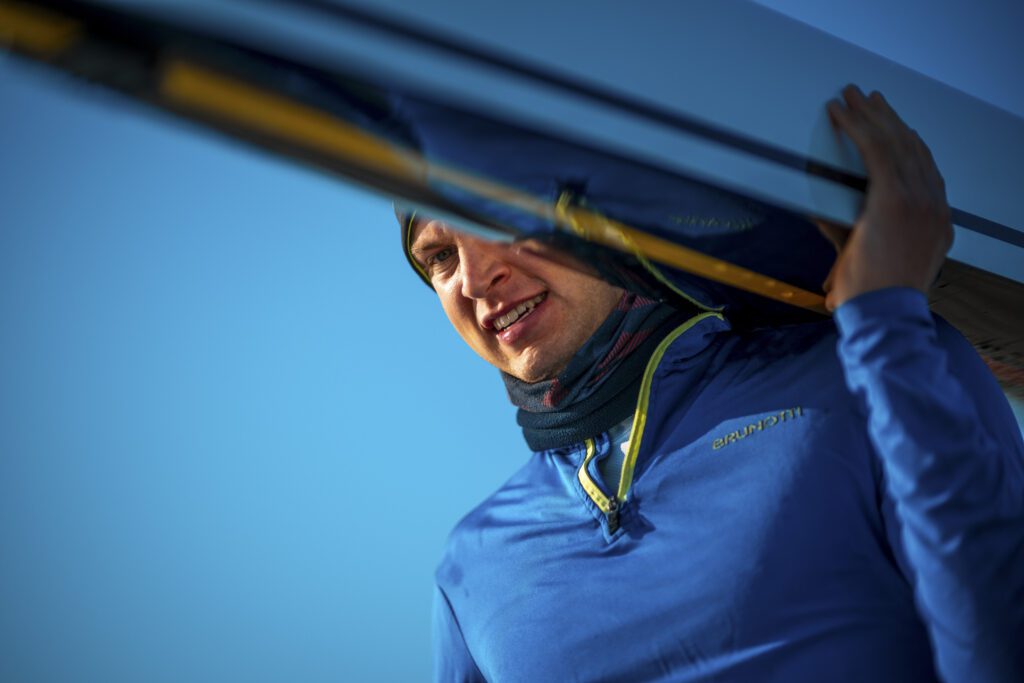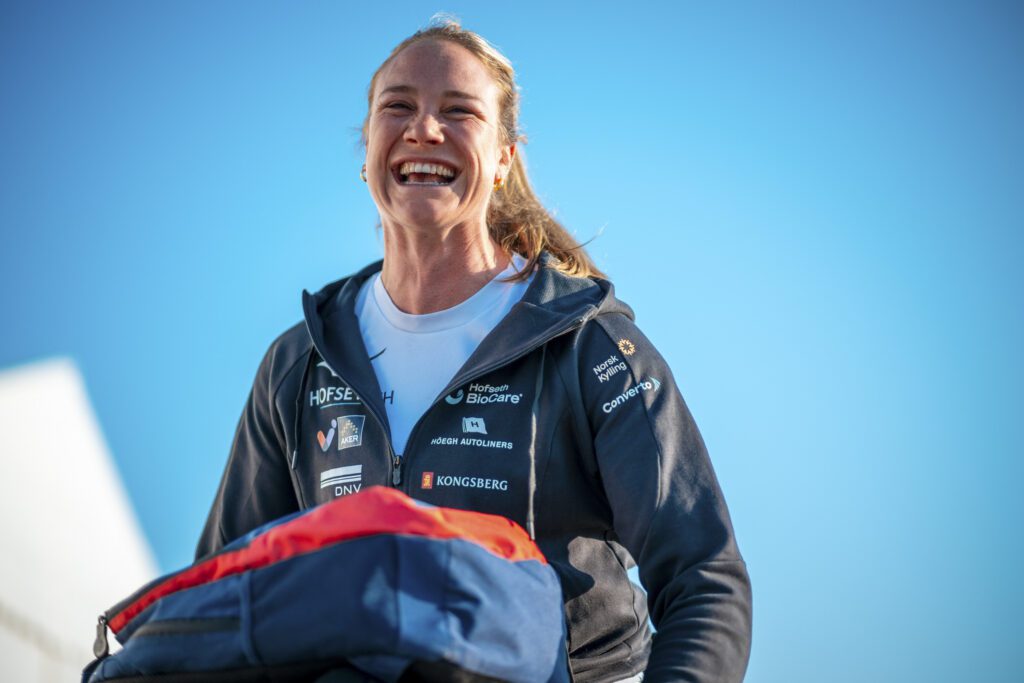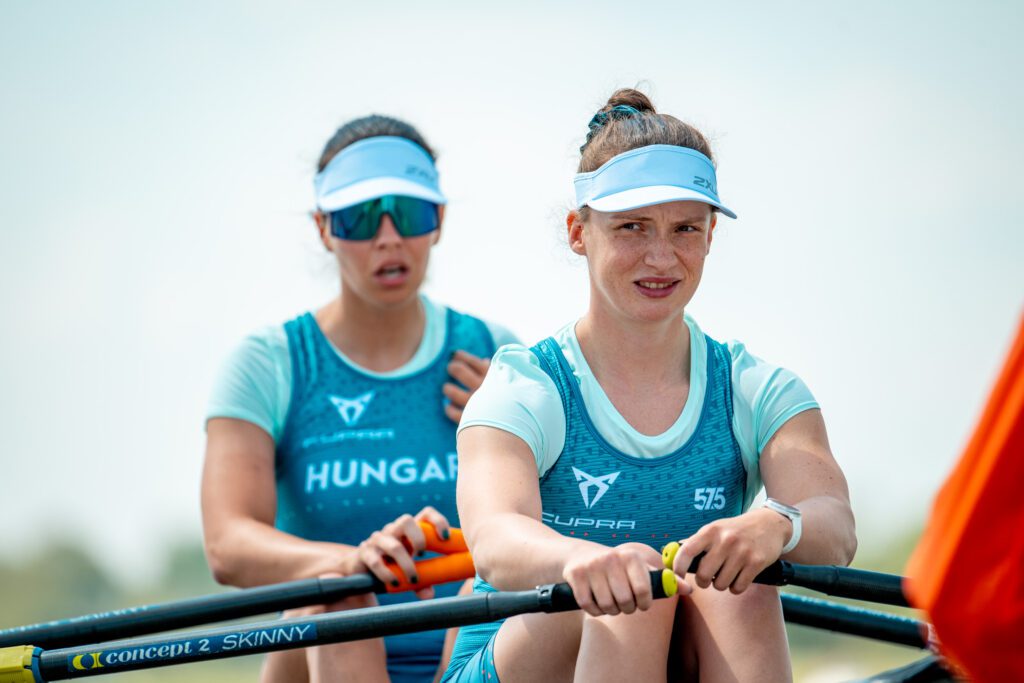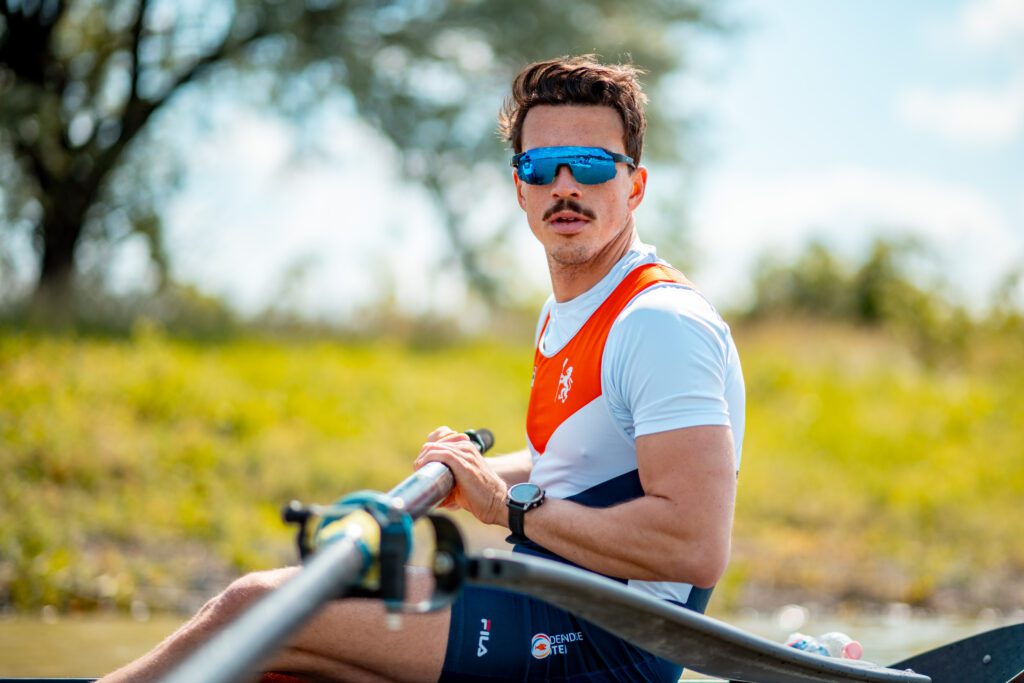From Rio Gold with Team GB in the mens eight, to redefining the indoor rowing market with Italian fitness giant Technogym, Row360 catches up with Scott Durant.
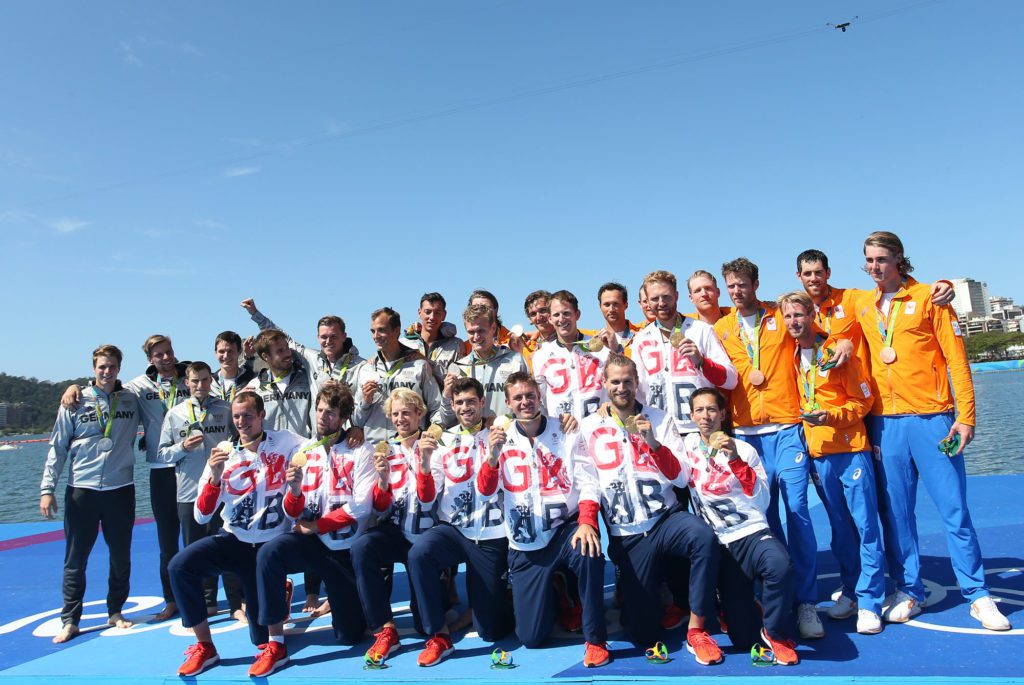
Photo Scott Durant wins gold in Rio
Credit Igor Meijer
Describe your journey from novice to Olympian?
I started rowing at school when I was 14. I was pretty bad at it at first, but I soon grew to love the sport and everything about it. I loved the teamwork element and achieving something with others. Obviously, I was growing and getting stronger all the time. Then I went to university at Oxford Brookes and things really took off from there. I was selected to row for Great Britain as an U23 at the U23 world championships and then joined the senior national team in 2012, after the London Olympics. I raced in a variety of boats over the next few years. I did the four, the coxed pair and ultimately was selected for the eight in Rio where we won Olympic gold.
How did you come to work on the development of the Technogym Skillrow?
Technogym got in touch with me a couple of months after the Rio Olympics and told me they were developing a rowing machine. I was interested right away – I knew a lot of people had come along and tried to produce rowing machines in the past to rival the biggest in the market but had failed. So, I was interested to hear what Technogym were planning. I was probably a bit sceptical to begin with. Then I heard in detail about what it could do – its different features and the amount of technology and research that had gone into it – and I felt that it could really represent the future of indoor rowing. I was impressed by everything they had done, both on a hardware and software level. So, I got involved in November 2016 after the Olympics and I have had a good relationship with Technogym ever since.
What was your role in the project?
I helped with the development of the machine in the latter design stages before it went to market, helping them to fine tune both the hardware and software in the machine. Technogym like to work with Olympians as much as they can in all the projects that they do. They have a huge amount of expertise in bringing machines to market and creating really good products, but what you need is expertise from somebody who is at the top of their game. When they give that input on the machine, they are going to have the highest expectations of the product. So, if those expectations can be met, then they know the machine is going to be good enough for everyone else. That’s very much the ethos, to build the best machine they can.
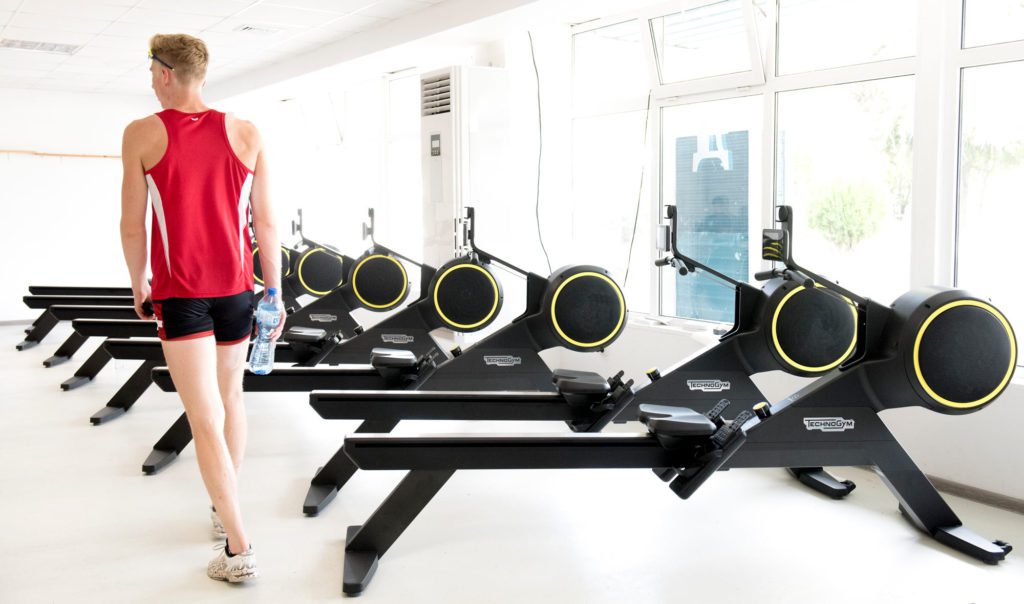
Photo The Skillrow at the 2018 World Rowing Championships, Plovdiv Bulgaria.
Credit Benedict Tufnell
So, what are the features that set the Skillrow apart?
From my point of view, the most valuable feature is the “multi-drive”. The increased resistance gained from the additional magnetic resistance mechanism allows you to do proper power strokes training on the machine. This is something that you were previously only ever able to do in the gym, or with the help of straps or bungys in a boat. By contrast the Skillrow provides simpler and more functional training. You can do power cleans or other weights exercises, but nothing simulates the stroke in this way for this kind of training and it’s so easy to operate.
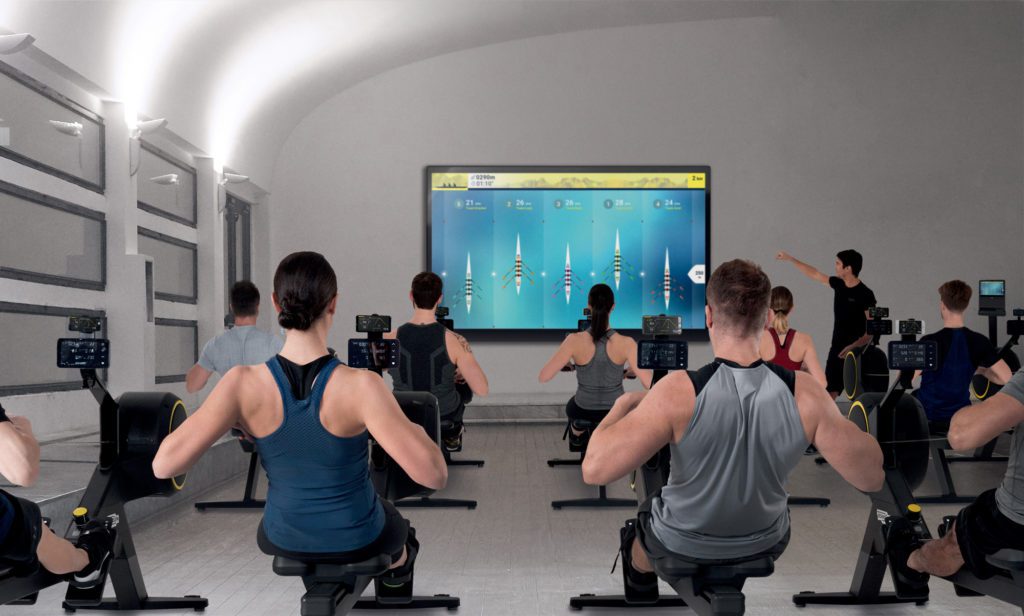
Photo Skillrow group classes
Credit Technogym
I also like the feel of the machine. There’s more of a sense of rowing on the water and it’s less harmful on your back and joints. Beyond this the user interface is brilliantly done. It’s so easy to connect your phone and have all the data recorded and put straight into the cloud where it is quickly and easily accessible for both you and your coach. As far as I’m concerned, Technogym have got the balance just right between innovating and giving people what they actually want and need. It’s not about creating gimmicks.
Have you enjoyed being involved with this kind of project and will you continue to be involved?
Very much so. The machine was built on a huge amount of research that is unparalleled in the industry. It really shows in the final product, which is very satisfying to see. Technogym had been thinking about bringing a rowing machine to market for a long time, but they waited until they had a product that was truly innovative. They then tested the machine rigorously until we were all confident that it was the best it could possibly be. Now my job is to help communicate that to teams and coaches.
